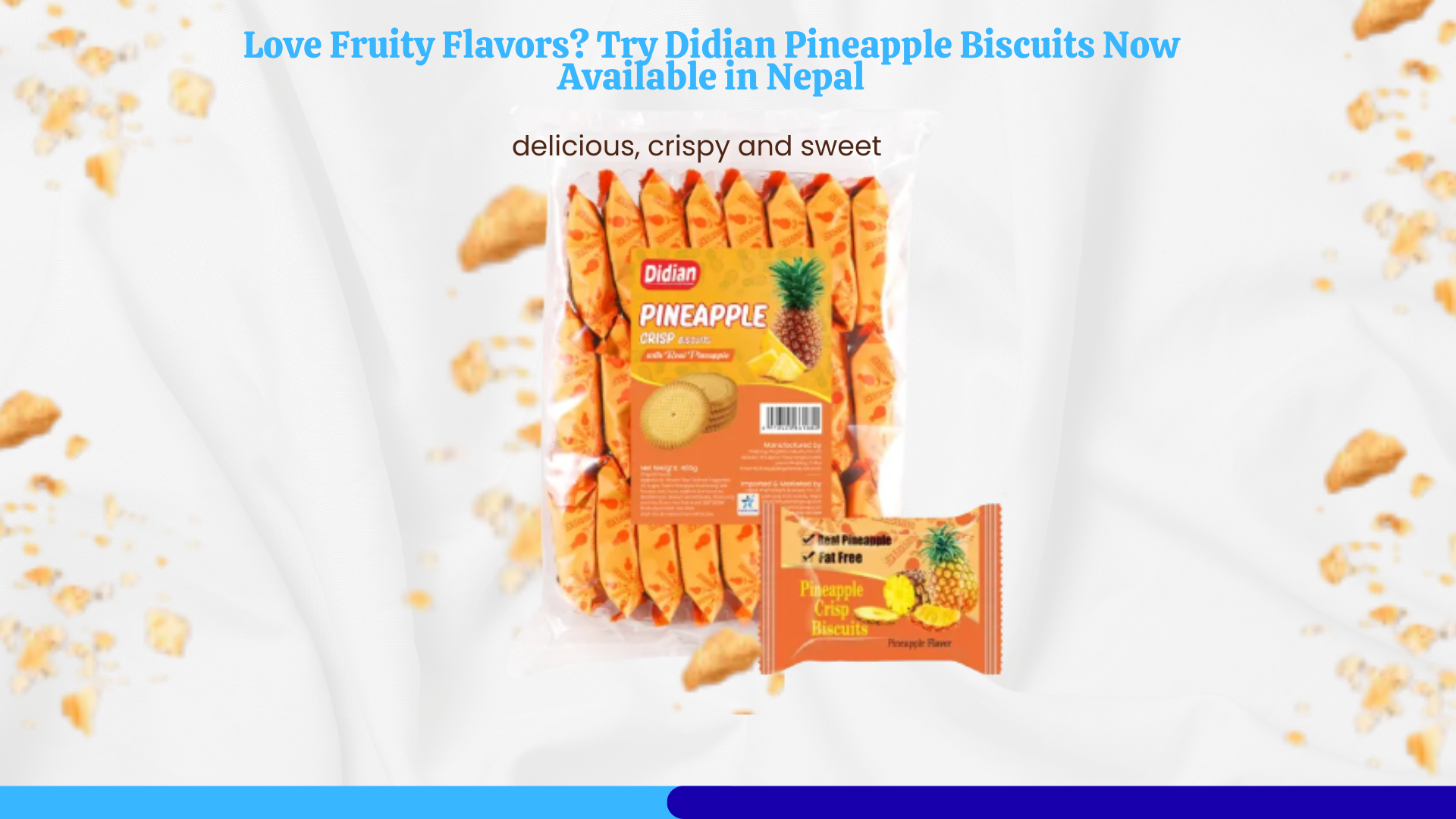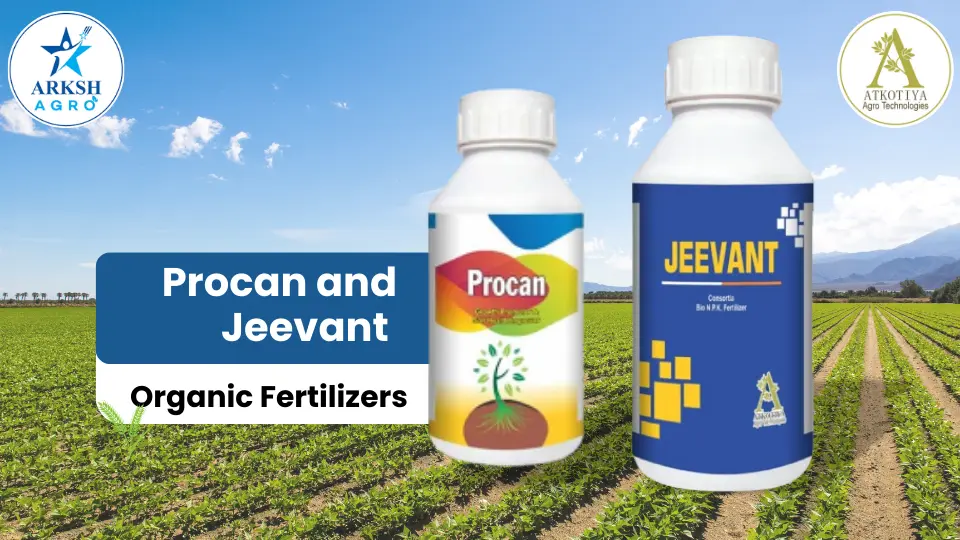
In the Himalayan region and across the fertile land of South Asia, there is an ancient grain that has been part of people's daily lives for centuries. It is called finger millet, or 'kodo' in Nepali.
This humble grain has not only nurtured countless generations but has also helped in supporting digestion and overall health. Even today, as people search for natural and healthy food options, the finger millet proves its value as a complete, time-tested superfood.
As we move toward a healthier lifestyle and return to our roots, finger millet is making a strong comeback. This ancient grain, once a daily staple in many rural homes, is now becoming a popular ingredient in modern kitchens, especially in healthy snacks and biscuits.
"Finger millet used to be a daily staple in many rural homes, but now it's making a comeback in modern kitchens—especially as a key ingredient in healthy biscuits in Nepal.
Whether you're someone who cares about eating healthy, a parent searching for nutritious food for your family, or just curious about traditional grains, this guide has you covered. From its history and health benefits to tasty recipes and new ways to enjoy it, you'll find everything you need to know right here."
What Is Finger Millet?

Finger Millet (Kodo) is a gluten-free grain that originated in East Africa but has been cultivated in Nepal, India, and other Asian countries for thousands of years. In Nepal, it is widely known as Kodo and is a major crop in the mid-hill and mountain regions.
It gets its name from the shape of its seed head, which looks like fingers spread out on a hand. Compared to crops like rice or wheat, finger millet is incredibly resilient. It thrives in dry climates, requires less water, and grows well in poor soil, making it a sustainable option in the list of superfoods in Nepal.
Nutritional Profile of Finger Millet
Finger millet is considered a superfood for good reason. Here’s a look at its nutritional value (per 100g of raw grain):
- Calories: 336 kcal
- Protein: 7.3g
- Calcium: 344 mg
- Iron: 3.9mg
- Dietary Fiber: 11.5g
- Gluten-Free: Yes
- Glycemic Index: Low

It is especially rich in calcium, iron, fiber, and antioxidants. For those with gluten intolerance, diabetes, or those following a high-fiber diet, finger millet is a top choice.
Health Benefits of Finger Millet
Let’s explore the many health benefits of finger millet:
1. Great for Bone Health
Finger millet contains the highest amount of calcium among all cereal grains. This makes it extremely beneficial for growing children, pregnant women, and elderly people. It helps in strengthening bones and teeth naturally.
2. Regulates Blood Sugar
Due to its low glycemic index, finger millet digests slowly, releasing glucose gradually into the blood. This helps manage blood sugar levels, making it an excellent choice for people with type 2 diabetes.
3. Aids in Digestion
The grain is packed with dietary fiber, which improves digestion, prevents constipation, and promotes a healthy gut.
4. Helps in Weight Loss
The high fiber content keeps you full for longer, reducing unnecessary snacking. It’s a great addition to a weight-loss-friendly diet.
5. Boosts Heart Health
Finger millet is rich in antioxidants, especially polyphenols, which help fight free radicals in the body. It lowers bad cholesterol and supports overall cardiovascular health.
Finger Millet in Traditional Nepali Cuisine

In Nepal, finger millet is not a trend — it’s a tradition. For generations, it has been a major part of rural diets in the form of:
- Kodo ko dhido (millet porridge)
- Kodo ko raksi (local millet alcohol)
- Kodo ko roti (millet flatbread)
These dishes were, and still are, full of nourishment and often shared during farming seasons and festivals. But today, millet is being reimagined, especially in the form of modern snacks and biscuits.
From Farm to Biscuit: A Modern Comeback

As people become more health-conscious, there’s been a massive shift in the snack industry. Now more than ever, parents and young people are avoiding refined maida and processed foods. Instead, they’re turning to natural, gluten-free, and wholesome alternatives.
With rising awareness about processed foods and maida, many health-conscious people are switching to natural alternatives. That’s where finger millet cookies and snacks come in, especially those made by brands Arksh Food, a rising name in natural, millet-based products.
Arksh Food: Leading the Way in Healthy Biscuits in Nepal
Arksh Food, a proud Nepali company, is on a mission to revive traditional grains and promote natural, healthy eating. Our millet-based biscuits are more than just snacks — they are a return to Nepal’s agricultural roots.
Here’s what makes Arksh Food’s Kodo biscuits stand out:
- Made from locally sourced finger millet grown by Nepali farmers
- Zero maida – making them gut-friendly and suitable for kids
- Naturally sweetened and flavored
- Baked to perfection with a crisp texture
- Packed in eco-friendly materials
If you’re looking for the best biscuits in Nepal that are both healthy and tasty, Arksh Food’s millet biscuits are a perfect pick.

Why Are Millet Biscuits Better Than Maida Biscuits?
Let’s make it clear why millet biscuits are taking over maida-based snacks:
|
Feature |
Millet Biscuits |
Maida Biscuits |
|
Flour Type |
Finger millet (Kodo) |
Refined wheat (Maida) |
|
Fiber Content |
High |
Low |
|
Gluten |
Gluten-free |
Contains gluten |
|
Sugar Content |
Low to moderate |
Often high |
|
Digestibility |
Easy on the stomach |
Harder to digest |
|
Ideal For |
Kids, the elderly, and diabetics |
General snackers |
|
Long-Term Effect |
Boosts health |
This may lead to health issues |
Millet biscuits are not just a healthier option — they are a smarter choice for long-term wellness.
Who Should Eat Finger Millet Products?
Finger millet can be consumed by almost everyone. But it is especially beneficial for:
- Children (for bone development)
- Elderly (for calcium and easy digestion)
- Diabetics (due to low GI)
- Fitness lovers and athletes
- Anyone seeking a gluten-free diet
- Health-conscious snackers looking for healthy biscuits in Nepal
Simple Ways to Add Finger Millet to Your Diet
Besides biscuits, there are plenty of ways you can enjoy this grain :
- Make Kodo pancakes or crepes
- Add it to porridge or muesli bowls
- Finger millet cookies for snacking
- Try millet laddus as a healthy sweet
And of course, keep a pack of Arksh Food’s millet biscuits handy for guilt-free snacking anytime, anywhere.
Final Thoughts: A Grain from the Past, A Food for the Future
It has been part of our food for generations, and now, it is making a strong comeback in the modern kitchen. From traditional dishes to healthy snacks such as millet biscuits, kodo is proving that good food never goes out of style.
As we all try to eat better and remain healthy, the finger millet gives us a natural, nutritious, and delicious option that we can trust.
FAQ’S
1. What are the health benefits of finger millet (Kodo)?
Finger millet is rich in calcium, fiber, and iron. It improves digestion, supports bone health, helps manage diabetes, aids in weight loss, and is good for heart health due to its antioxidants.
2. Is finger millet good for weight loss?
Yes, finger millet is a great choice for weight loss. Its high fiber content keeps you full for longer, prevents unnecessary snacking, and supports a healthy metabolism.
3. Can diabetics eat finger millet daily?
Absolutely! Finger millet has a low glycemic index, which helps control blood sugar levels. It’s one of the best grains for type 2 diabetes management and is recommended for daily intake.
4. What are the benefits of millet biscuits over regular biscuits?
Millet biscuits are made from natural grains like finger millet and are free from maida, low in sugar, high in fiber, and easy to digest. They are ideal for kids, diabetics, and fitness lovers.



.png)
.png)






.webp)


.png)

.png)